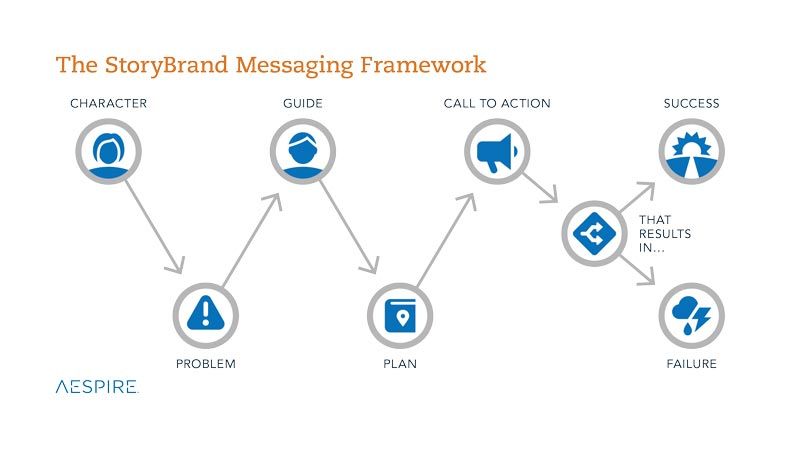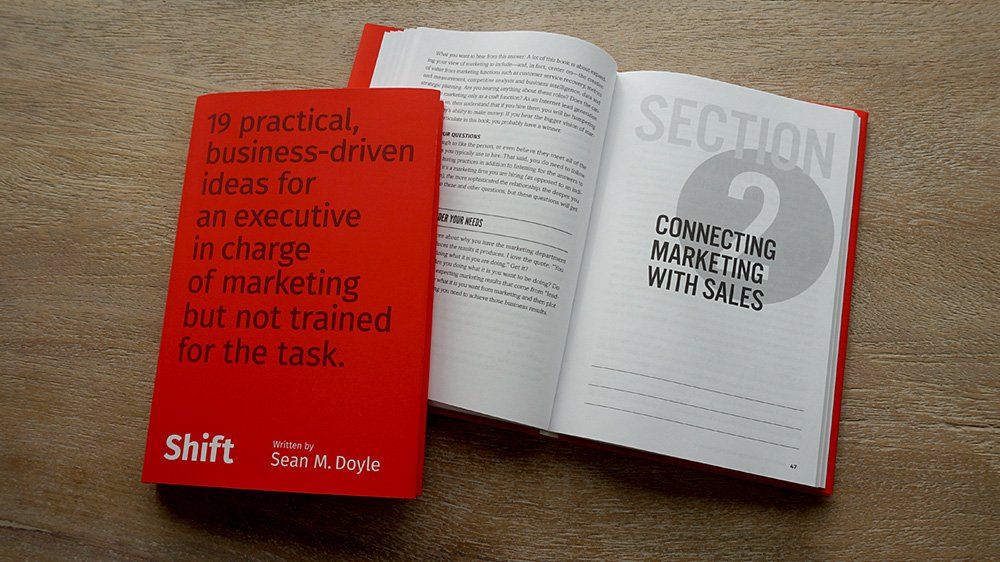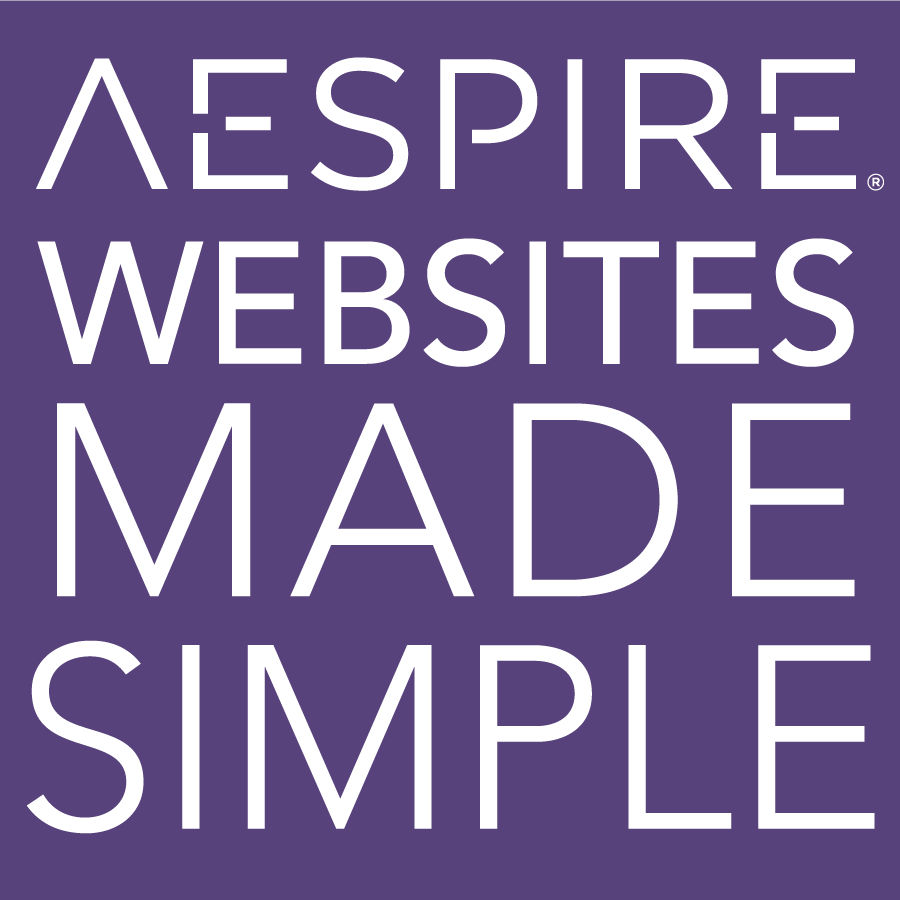How to Tell a Compelling Brand Story
Will you take a moment and celebrate with me? This week is the anniversary of my fifth year as a StoryBrand Certified Guide.
I decided to become a StoryBrand Certified Guide in late 2017, and it’s made huge difference not only for our clients’ success.
At Aespire, every year we work with a small number of clients at a very high-level to design and implement brand strategy that helps companies outmaneuver their competition. StoryBrand helps us position the companies who choose to work with us as the guide in their customer’s story, create meaning that aligns with their buying tribe’s aspirational identity, and become the catalyst for their growth and success.
At a time when so many people struggle to create marketing that works, I’ve learned that CEOs and brand owner’s deepest challenge is to create meaning that invites people to join their brand. At Aespire, we know that when your brand strategy, brand messaging, and brand voice all work together — internally and externally — your team is more engaged, your customers buy more, and growth follows.
This episode features a very special guest, Dr. J.J. Peterson, Chief of Teaching and Facilitation at StoryBrand. I’m grateful for Dr. Peterson – J.J. — who joins me for a conversation about brand, story, and how to make the focus of your marketing about your customer and their journey.
In this episode of the Everybody Brands Podcast, Brian Sooy and Dr. J.J. Peterson, Chief of Teaching and Facilitation at StoryBrand, have a conversation about storytelling, your customer journey, and how to tell a compelling brand story.
J.J. is the Host of the Marketing Made Simple podcast and co-author of the book, Marketing Made Simple: A Step-by-Step StoryBrand Guide for Any Business.
Here are some key highlights from our conversation; be sure to listen to catch everything we discussed!
What’s The Difference Between Narrative and Storytelling?
There isn’t a difference between narrative and storytelling at its core, but people misunderstand when they hear the word storytelling. They think they have to be a good storyteller and tell big, outlandish stories of people’s success or that one in a million story that pulls at people’s heartstrings.
People think storytelling is about finding this exciting, crazy story that will move people to action. But the reason why those stories work so well is that they follow a narrative structure. They follow the rules of a story in a powerful way that invites people to engage in that story.
When you understand the rules of a story and apply those rules of story to everything — your marketing, your testimonies, your videos, your commercials, your billboards — a story can increase engagement. But most people don’t understand that when you understand narrative structure, you become a good storyteller in everything that you do.
7 Key Elements to Writing a Compelling Brand Story
There are seven elements of a good story in its most basic structure, but the question is, “What are the rules that make a good story?” The reason why these rules exist in all stories is that stories help us make sense of information. Stories take all of the facts and ideas and information floating out there and put it in a structure that makes sense in our brain because a story is a sense-making device. A story forces you to find a path of understanding through all the information you experience.
If you think about your favorite movie without structure, there’s a lot of random information that doesn’t make a lot of sense. Filmmakers put the story in a film into a structure that our brains can naturally follow.
In its most basic form, there are seven good elements of every story:
- There is a hero or protagonist that wants something. That’s the first thing in every movie or story, and you have to understand what that hero wants. It needs to be one thing so our brain can connect with it.
- There’s one thing the hero wants, but the hero encounters a problem. That’s when the story gets good. If there is no problem, there is no story, right? The hero has to face a problem that gets in the way of what they want.
- Third, the hero has to meet a guide. We know the hero can’t overcome the problem on their own. You’ll see a guide in movies; Frodo in Lord of the Rings has Gandalf. Luke Skywalker has Yoda. They all have a guide that helps them win.
- The guide gives them a plan, a specific plan. It shows that no matter how crazy the problem is, there’s a way forward if you have a plan.
- If there’s a plan, the must be a call to action. The hero must be in or out; the hero must either destroy the bomb or run away from the bomb. In every story, there’s a moment that the hero is called to action.
- The audience must know that there are stakes in the story and understand that the hero will have unpleasant consequences if he fails.
- Finally, we know what a happy ending can look like and a happily ever after vision of what life can be like.
Those are the seven elements of a story: A character who wants something encounters a problem and meets a guide who gives them a plan that calls them to action, leading to either success or failure.

How Can You Use Story to Influence People and Their Buying Decisions?
In modern branding, companies create customers; customers build the brand, and the brand sustains the business. You’re in business to make money, and you want more customers. (If not, you just have a hobby).
You need to get more customers and invite more people to do business with you to grow your business. To do that, you want to influence and impact people’s decision-making abilities and let them know what products or services you offer that fit their needs.
The research shows that a story is the best way to influence people’s minds and actions. The challenge is to do it clearly and compellingly to engage more effectively. That happens through narrative transportation when the audience puts themselves in the story. When you cry, laugh, or imagine yourself experiencing the same emotions as the character in a story, you experience narrative transportation.
The research also shows that when you experience a good story, you experience narrative transportation. The better the story, the more you experience narrative transportation, and the more you experience narrative transportation, the more impact or influence that story has on your mind and actions.
Set Boundaries So Customers Can Tell Compelling Stories About Your Brand
The rules of storytelling give us boundaries and encompass all the things about our brand that we get to say. That helps us stay focused on our message. The big mistake many companies make is trying to tell their own story. The reality is that your brand story is not story. Your brand story needs to be about your customer’s story, and here’s why: each of us wakes up every day as the hero of our own story.
If a brand comes along and positions itself as the hero of their story, and I (the customer) am the hero of my story, we’re in competing narratives. Ultimately one of us has to win, and one has to lose.
To position yourself as the guide in your customer story, make your entire brand narrative about your customer journey. Then you’re positioning yourself in your customer story by saying:
- I know what you want.
- I know the problems you’re experiencing.
- I’m the guide that can help you win the day, and here’s why.
- Here’s my plan for you to win
- Here’s the call to action that will get you the win.
- Here is my vision for what your life can look like if you engage with my brand or buy my product and the happy ending.
- Here’s what happens if you don’t, you’re going to continue experiencing your problems and paint.
That’s story framing. When all your marketing and messaging speak to those seven things, it’s apparent what your customer wants; they are the hero. That’s what your brand story needs to be about. Keep it simple, keep it clear, keep it coherent.
How to Shift the Story from Your Brand to the Customer
The quickest way to shift the story from being about your brand to being about your customer is this: Anytime somebody asks you what you do, don’t respond by telling them what you do.
Here’s what we mean by that. If somebody asked me, JJ, “What does StoryBrand do?” the way to make the story about me is to reply, “We help companies create clear messaging using story,” or “I’m a marketing consultant.” That’s my story.
But the way to make the story about the customer is to answer that question differently. When somebody asks me, J.J., “What does StoryBrand do?” I reply, “Most companies struggle to tell a clear story in their marketing and messaging. Because they’re so close to it that they have a hard time explaining what they do in a way that invites customers to do business with them.”
All I did there was start with my customer story.
Will StoryBrand, Storytelling, and Storyframing Work for Nonprofits and Companies?
The StoryBrand framework works for any type of business organization. StoryBrand works with small nonprofits and huge nonprofits. It helps nonprofits improve their fundraising, StoryBrand works for speakers and writers, and StoryBrand works for small companies and multinational corporations.
Visit Amor, a mission organization that serves people in Mexico, or the In His Steps Foundation for examples of nonprofits that use the StoryBrand framework in its messaging.
StoryBrand is fantastic for short-term marketing and for helping companies create coherence and continuity for their long-term brand strategy.
You can find Dr. J. J. Peterson and learn more about the StoryBrand framework when you:
- Follow StoryBrand on Instagram, Facebook, or Twitter
- Subscribe to the Marketing Made Simple Podcast
- Buy Marketing Made Simple: A Step-by-Step StoryBrand Guide for Any Business
- Register today to create a clear message and 5-part marketing plan for your business at the StoryBrand Marketing Livestream
- Subscribe to Business Made Simple University to get a step-by-step plan to grow a business that works, or
- Sign up for the Business Made Simple daily.
Bonus Points
- Subscribe to the Everybody Brands Podcast and leave a review
Do you have a hard time explaining what your company does or why your brand matters to people?
If you struggle to grow your business, you’re not alone. Aespire can help you create a clear message and brand that helps you grow your business. Contact us today for a consultation with a StoryBrand Certified Marketing Guide.
Get a Free Comprehensive Marketing Assessment
Stop hoping your marketing will sort itself out.
- Complete this free assessment in 15 minutes.
- Review your custom report (and schedule a 30-minute review) to diagnose what’s happening.
- Create an action plan to get your marketing back on track.

Do you feel powerless because you’re competing against deep-pocketed competitors? Call today to design a strategy to capture demand, create new customers, and grow your business.
Aespire Branding
5061 N Abbe Rd, Suite 2
Sheffield Village, OH 44035
Phone: (440) 322-5142
Email Aespire
Aespire is a Woman-Owned Small Business Enterprise (WBE)
Many service and solution companies struggle to explain how their expertise helps customers solve problems and achieve their goals. Aespire guides leaders with brand strategy, design, and marketing so they can start, grow, and sustain thriving teams and businesses.
We're committed to helping people flourish, businesses thrive, and communities prosper.
Privacy Policy | Terms of Use | Accessibility | Privacy Settings | Site Map
As an Amazon Associate, we earn from qualifying purchases on this and other affiliate programs.
© 2024 Aespire Cleveland StoryBrand Guide | Ohio Marketing
|
Brand Strategist | Built on
Aespire Websites Made Simple







